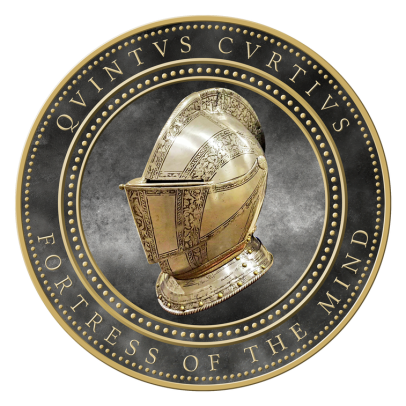
Of some scholars, or patrons of the arts, it can be said that they sacrificed everything for their work. Of others, this cannot be said. Edward King, Viscount of Kingsborough, belongs to the former category. His name is almost entirely unknown today, but he occupies a significant place in the pantheon of heroes who helped bring the treasures of Mexican antiquity to the attention of modern scholarship. The least we can do here is honor his name.
We are somewhat hampered by the fact that his life is known only in broad outline. He was apparently born in Ireland in 1795 to a noble family; he would later serve as a Whig member of Parliament from 1818 to 1826. He might have lived out his days in idleness and indolence, as so many of his station did, were it not for a chance encounter with an ancient Mexican manuscript in London in 1834. We must remember that in those days (as we have discussed already in these pages), Aztec and Mayan antiquities were barely known outside of New Spain (i.e., Mexico). His imagination was fired by the strange pictographs, weird symbols, and arcane symbolism of the codex, and he resolved to probe deeper into the subject.
He was hampered at the outset by his amateurish fixation on the ridiculous theory that the Mexican Indians were somehow connected to the fabled “lost tribes” of biblical Israel. Fortunately, this handicap ended up mattering very little, for we do not remember Edward King today for his theories. We remember him because he undertook to reproduce–painstakingly and with great precision–the Mexican codices in pictorial form. No one had attempted to do this. In an age before photography and electronic scanning, the only way pictorial information could be reproduced was by hand. This took time, and a great deal of money. King had the money, of course; he was able to hire an artist named Agostino Aglio to make faithful reproductions of every codex he could lay his hands on.

This work took Aglio five long years; he traveled personally to various locations in Europe to inspect manuscripts and make his drawings. King’s plan was to publish a ten-volume study of Mexican codices, with each volume containing precise illustrations of manuscripts found in libraries and private collections all over Europe. In 1831, the first volume of his Antiquities of Mexico was published. It included not only information about the Mayans and Aztecs, but the Mixtec culture as well. Nine volumes would eventually be released, with the last two not seeing the light of day until after King had died in debtor’s prison.
Soon after the publication of the first few volumes, King encountered serious financial difficulties. Like many enthusiastic patrons of the arts, he had underestimated the expense that his books would require, and overestimated the interest that the general public might have for such an undertaking. In those days before color printing became cheap and efficient, many of the illustrations in the books had to be actually completed by hand. This kind of system obviously did not lend itself to mass production. We seen this sort of thing before: readers of my book Thirty-Seven will recall the story of American Civil War photographer Alexander Gardner, whose brilliant photographic sketch-book of the war was illustrated with photographic positives that had to be actually pasted by hand in each book. The venture was a brilliant idea, but it was not appreciated at the time, and the publication costs nearly overwhelmed Gardner. King’s situation, by contrast, was far more serious.

With these difficulties, it was not long before King’s creditors came calling. He had borrowed heavily to finance his project, and now he was unable to repay them. These were the days before grants and endowments were common; unless an artist or scholar could get direct support from a wealthy patron (which was rare), he was on his own. This was also the era before bankruptcy protections became easily available to distressed debtors. So he was taken into custody and clapped into debtor’s prison in Dublin in 1837. The cause of death was apparently typhus, a foul disease no doubt contracted as a result of his fetid and miserable accommodations. He was only forty-two. So can a man’s passions lead him to oblivion.
Yet in some way there is something quietly heroic about King’s quest. He followed his passions, and he left behind him a worthy monument to posterity. He did what no one before him had done, which was to reproduce in pictorial form all that could be learned about the codices of ancient Mexico. It was his toil, and it was his labor, that would inspire later generations of scholars and ethnographers. Those who take knowledge for granted today should remind themselves that what we now have at our fingertips often required untold sacrifices by visionary men to bring to the printed page.
He gave his life for scholarship.
Read more on similar subjects in Pantheon.

You must be logged in to post a comment.